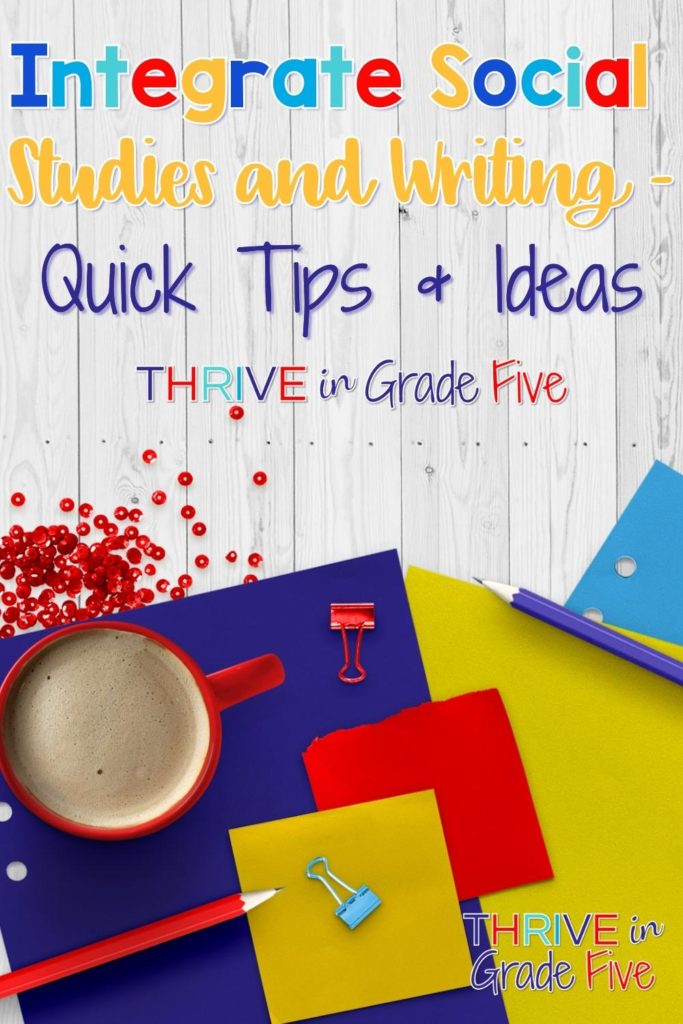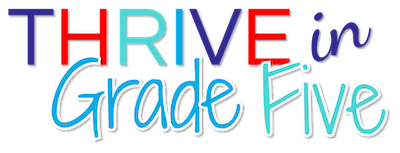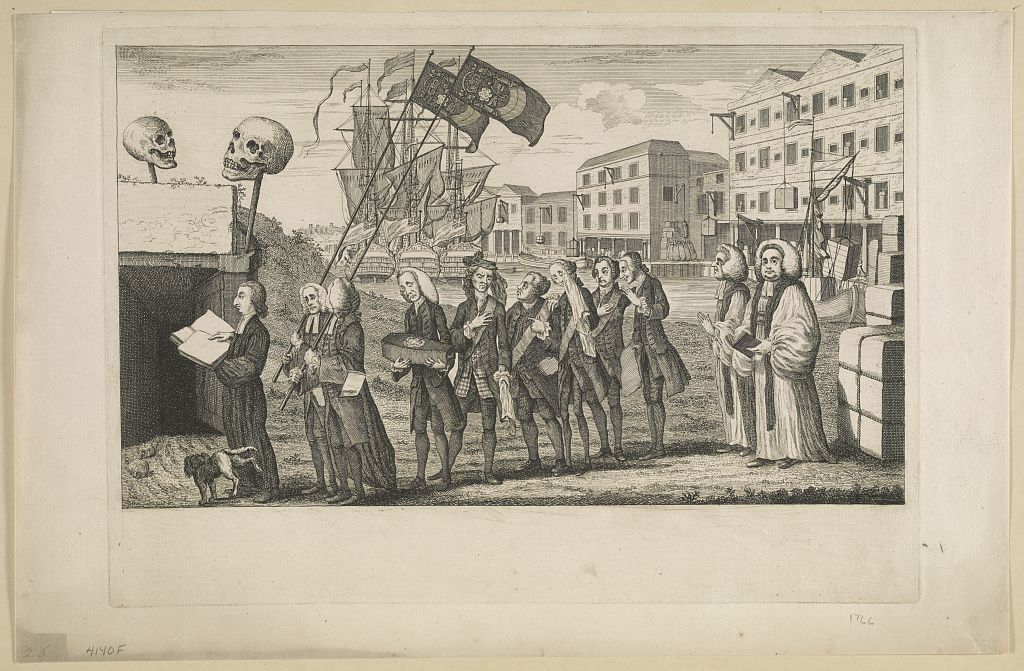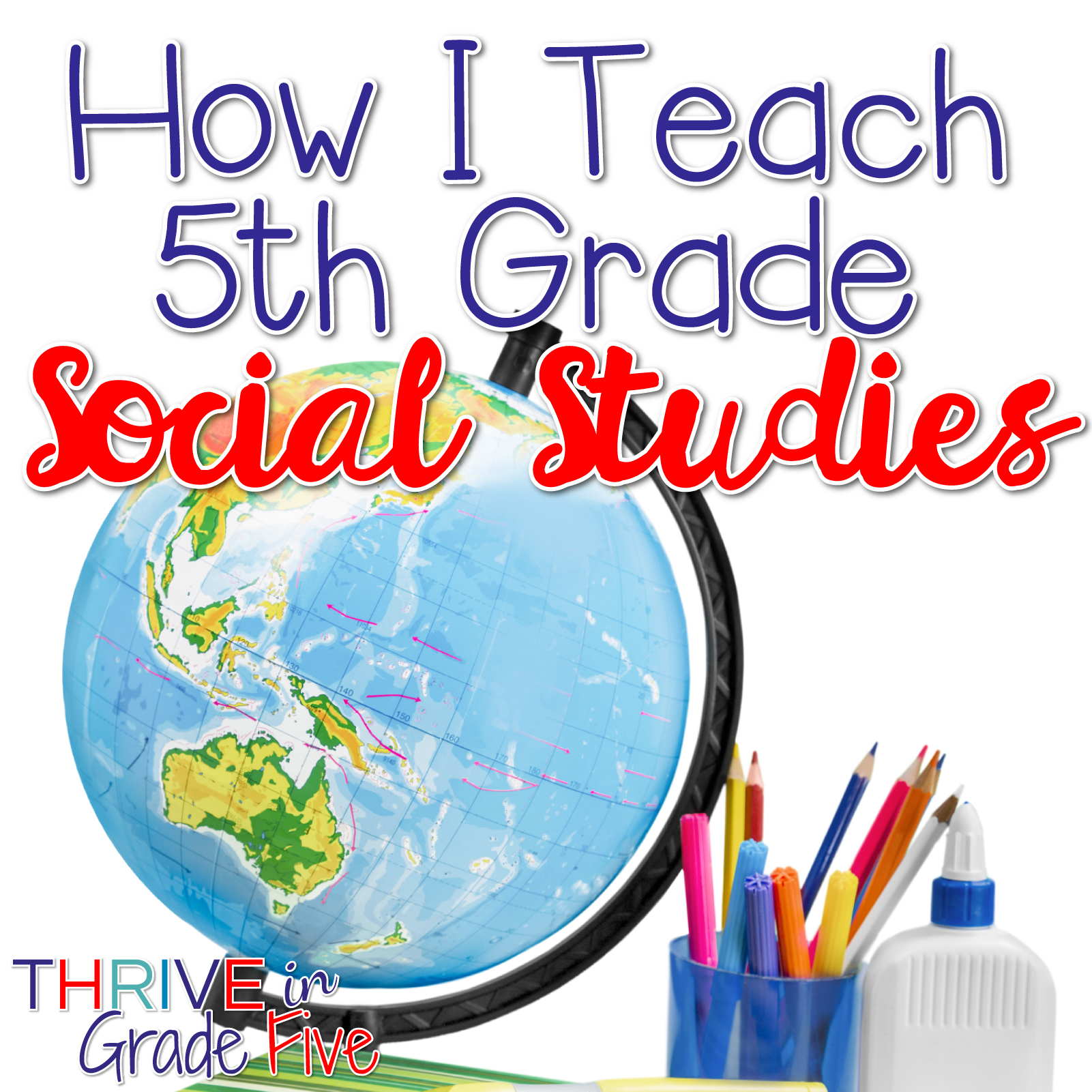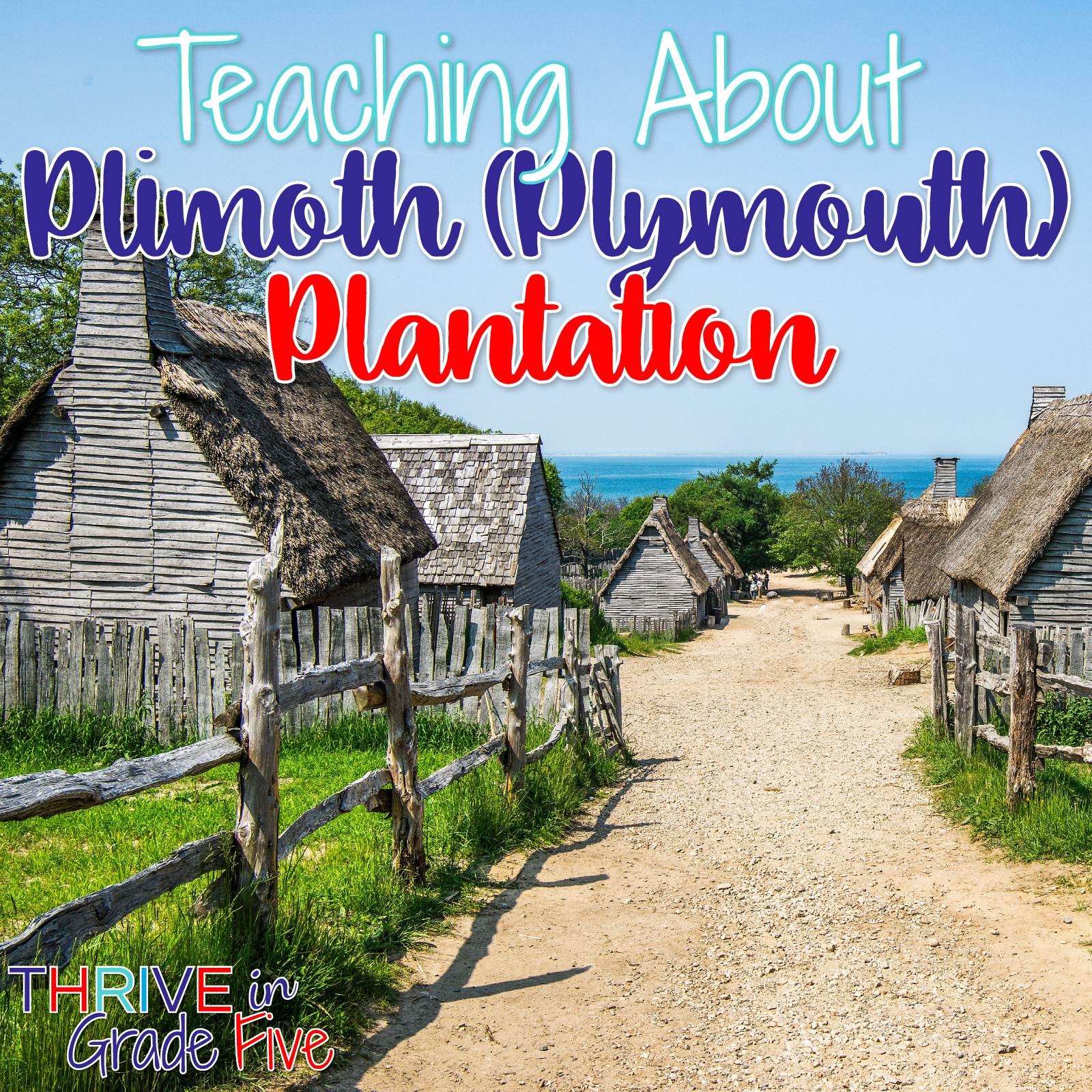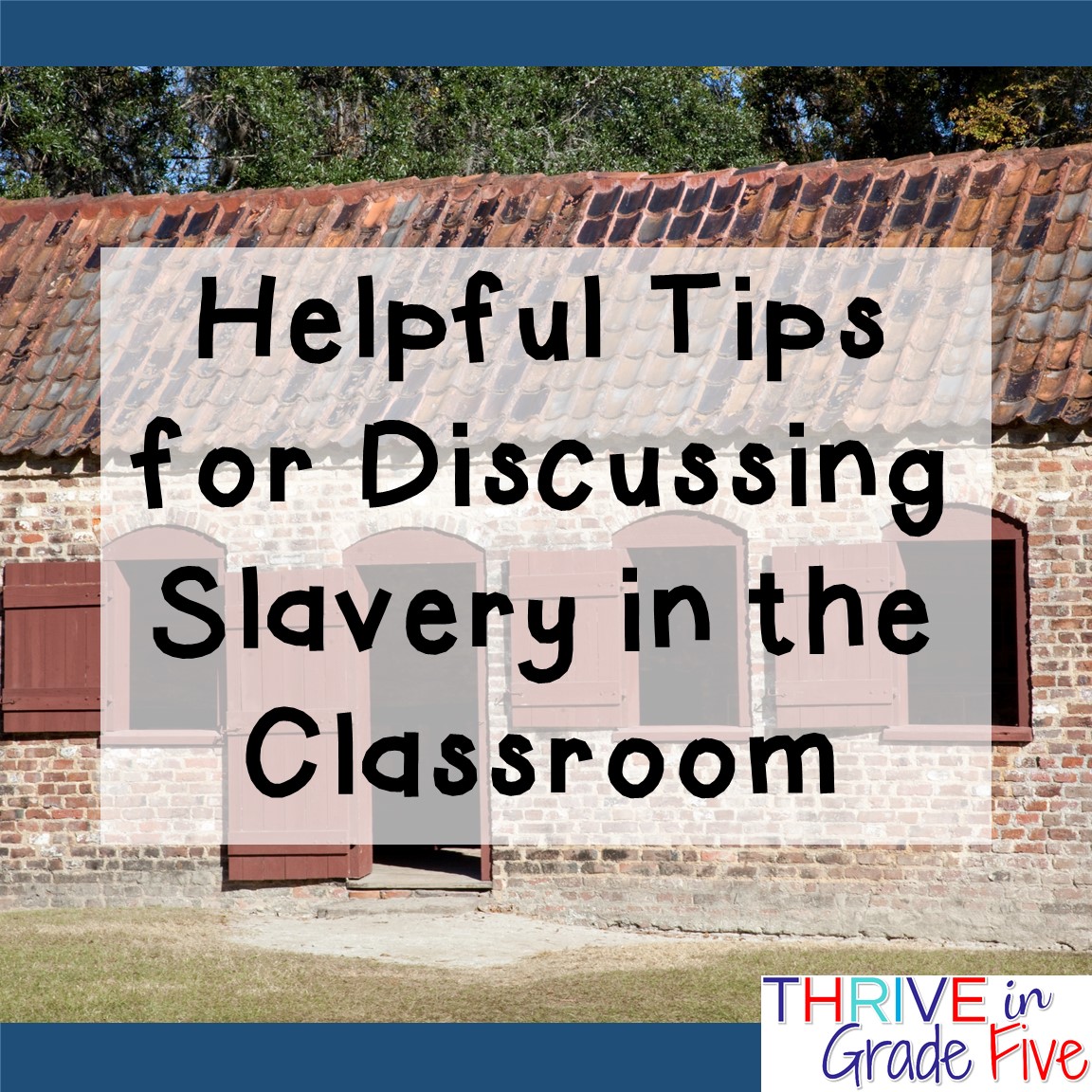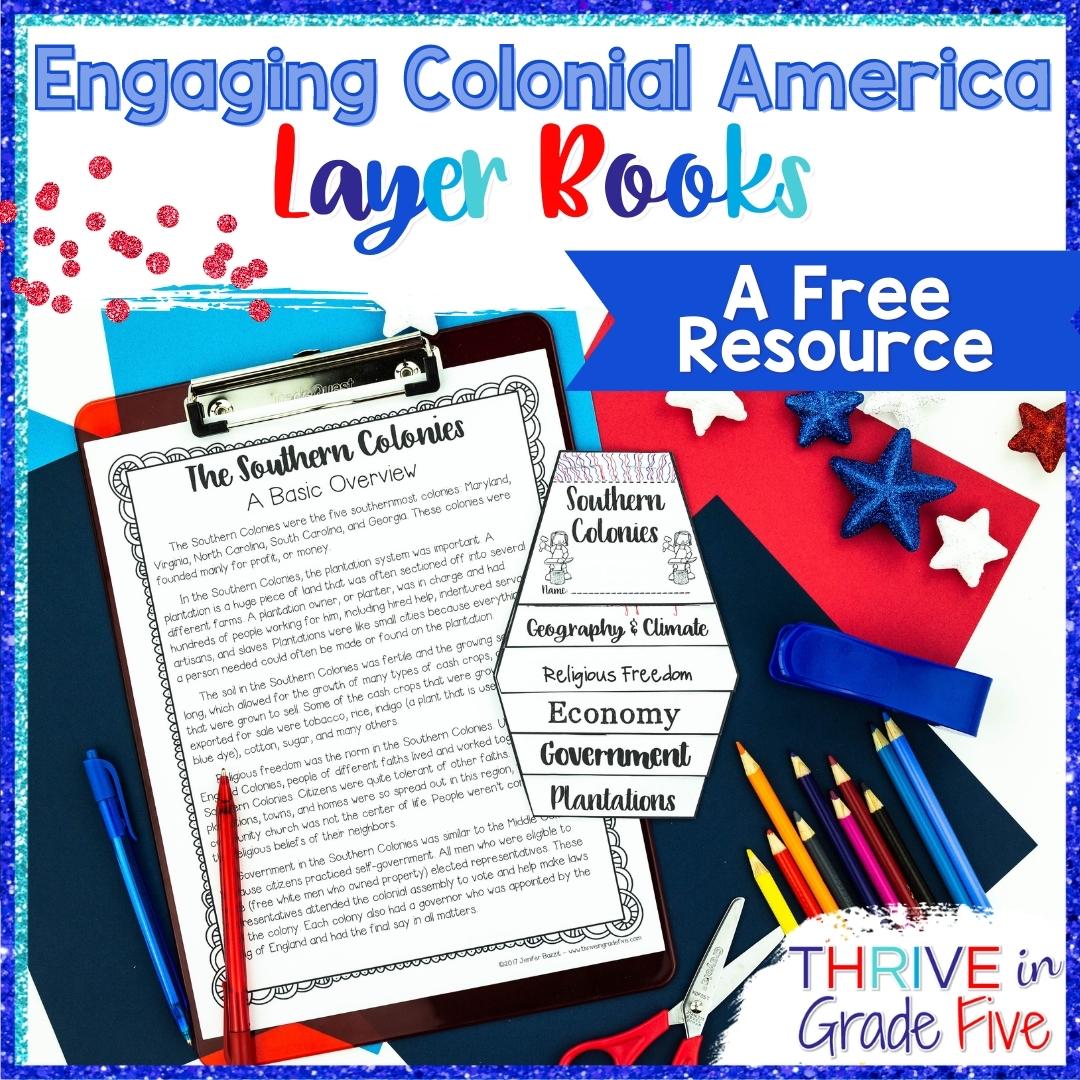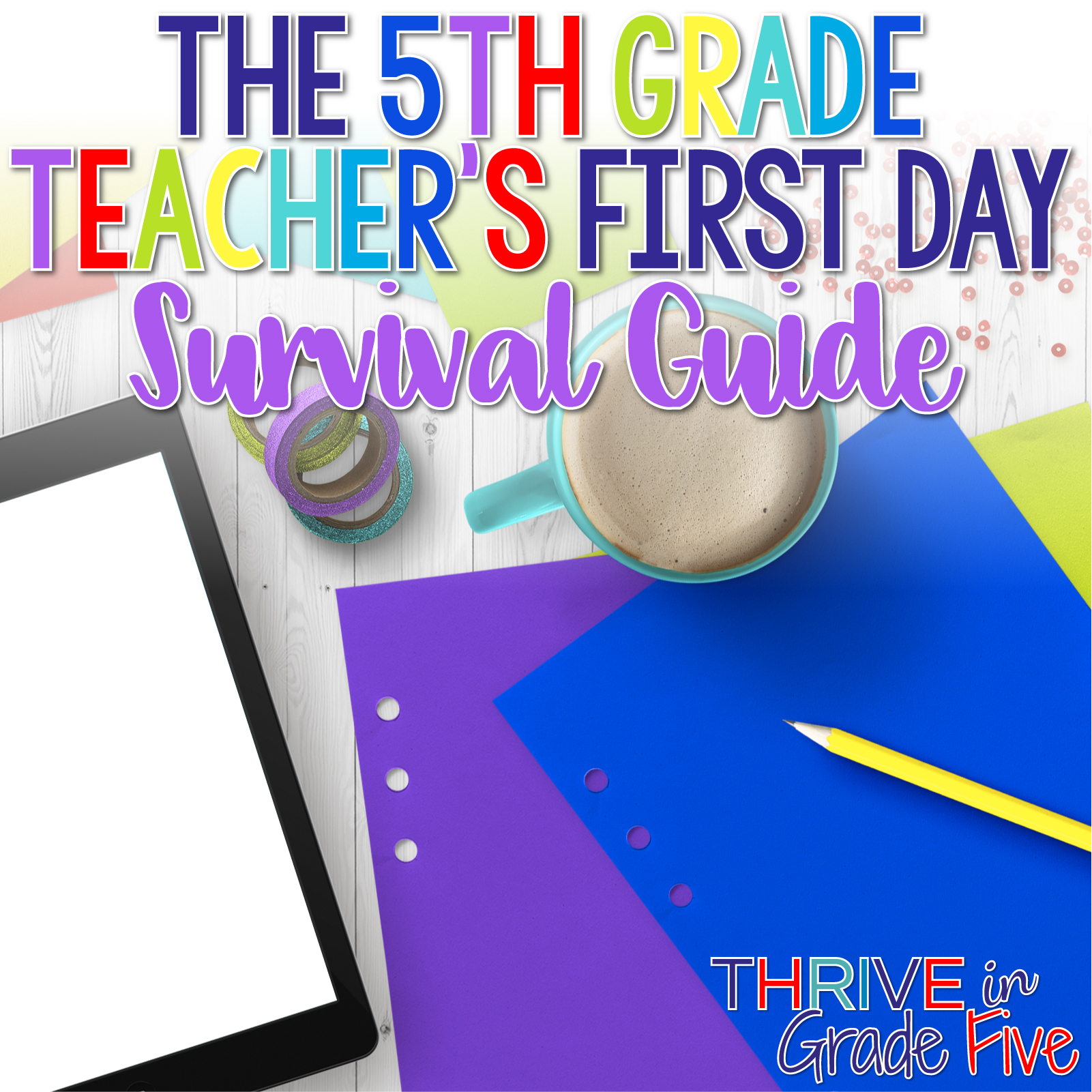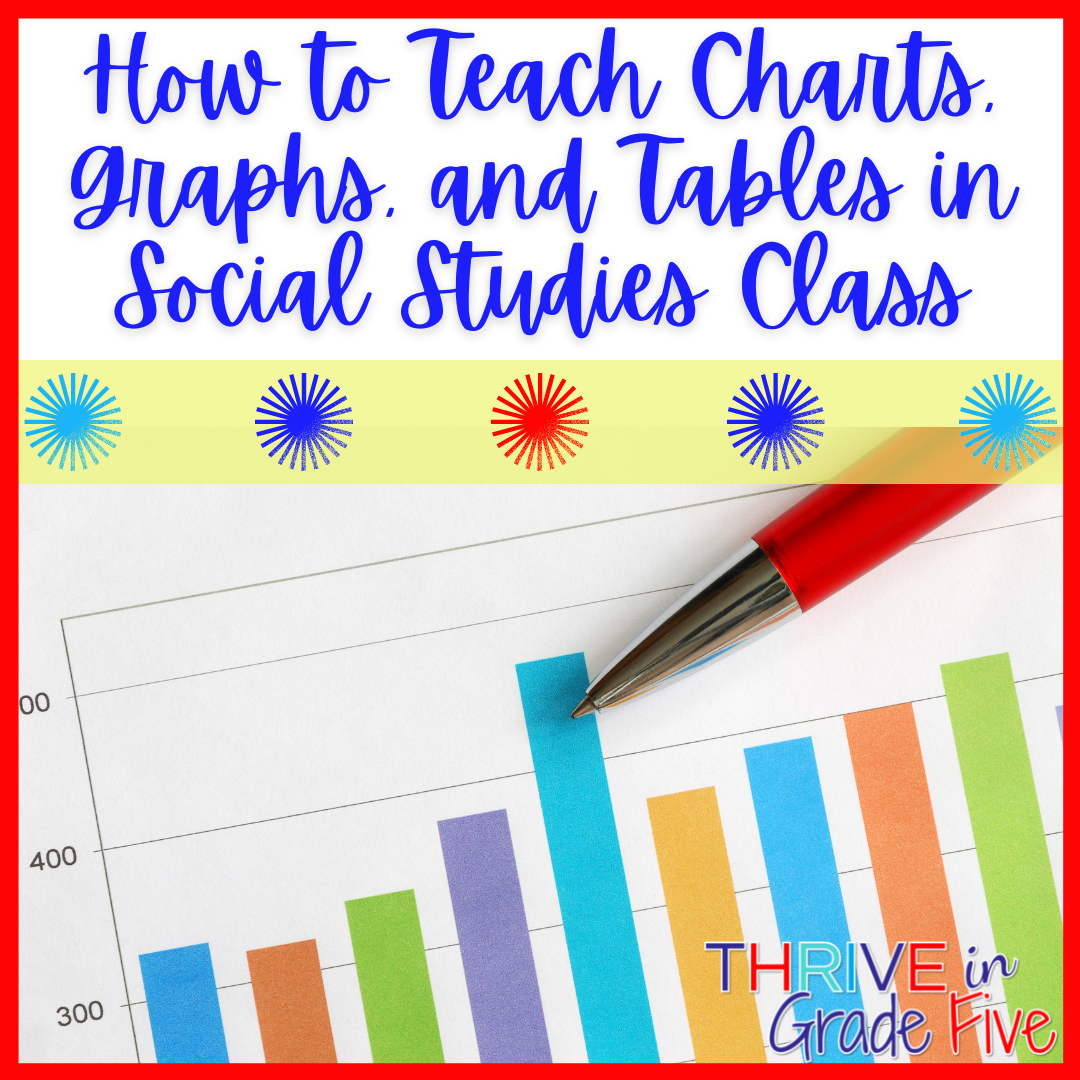If you are looking for ways to integrate social studies and writing, you’ve come to the right place!
I’ve been teaching these two subjects together for many years now and can’t imagine teaching one subject without the other.
Integrating social studies and writing is a great way to save time.
Students who write about what they’ve learned tend to enjoy deeper understanding and retention of information.
Writing uses a different skill set and requires higher levels of thinking than simply filling in multiple choice answer bubbles.
Keep reading to find out how I integrate 5th grade social studies and 5th grade writing.
Are you looking for upper elementary social studies/writing resources and ideas? I’d love for you to join my weekly VIP email club with no spam, just helpful tips, ideas, and resources!
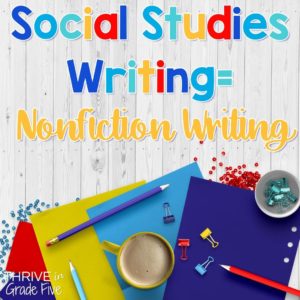
Social Studies Writing = Nonfiction Writing
Many years ago, a wise principal told me that teaching social studies is the same as teaching nonfiction reading. I completely agree with this!
When social studies is taught correctly, students are learning ALL of the nonfiction reading skills, including cause/effect, compare/contrast, summarizing, sequencing, and much more.
By the same token, social studies class is an ideal setting to teach nonfiction writing.
Of course, there are plenty of ways to integrate fiction writing into social studies class, but nonfiction writing should be the shining star in your social studies/writing integration efforts.
Generally, I start with sentence improvement, followed by five paragraph essays and paired passages.
Additionally, I use people, places, and events in my social studies curriculum to create nonfiction writing prompts.
This will be so easy for you to do with your students! You already know the information students need to learn and review, so why not make it into a writing prompt?
Nonfiction Writing Prompt Examples:
a. Georgia was founded in 1732 by James Oglethorpe as a place for English debtors to work off their debts as an alternative to spending time in prison. Do you think that work colonies would be a good alternative for prisons today? Explain your answer fully!
b. One of our founding fathers, Benjamin Franklin, often shared his wisdom with others in the form of short, wise quotes. For example: Well done is better than well said. Create two original, short quotes to share your own wisdom. Be sure to fully explain the meanings behind your quotes!
c. When our founding fathers wrote the Constitution, they divided the power of the federal government into three branches: the legislative, executive, and judicial branches. How might our nation be different today if they’d only created one all-powerful branch of government?
Looking for more social studies journal prompts?
Grab 50 of my best prompts in this blog post (free): Big List of Social Studies Journal Prompts
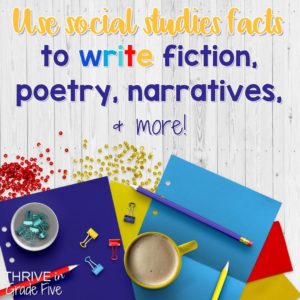
Use social studies facts to write fiction, poetry, narratives, & more!
Writing in social studies class doesn’t always have to be nonfiction.
We can and should encourage our students to write in other modes.
With my students, I find it’s best to take facts and combine creativity and critical thinking to write something new.
Historical Fiction Idea: Dining with George and Martha at Mount Vernon
- First, take students on a virtual tour of George Washington’s Mount Vernon. They’ll need to gather facts, check out landmarks, and even examine dining room decor.
- Second, ask students to combine what they know about George and Martha Washington with what they saw on the virtual tour to write a fictional account of dining with the Washington Family at Mount Vernon.
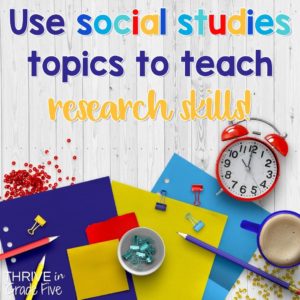
Use social studies topics to teach research skills!
When you mention the term “research report” to your fifth graders, you’ll hear a collective groan, guaranteed!
Research is never high on the list of things our students are excited to do BUT we can help our students feel confident in their research skills and make the process painless!
It’s all about taking it one step at a time and modeling, modeling, modeling 🙂
The post below will show you how I teach the research process to my 5th graders AND there are some step-by-step videos that you can use yourself or show to your students as they embark on the research process!
The Step-By-Step Guide to Teaching Research Reports
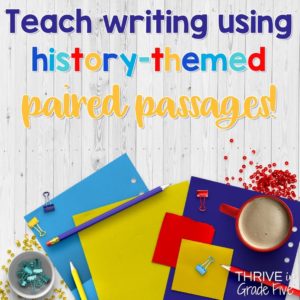
Teach writing using history-themed paired passages!
Paired passages are common in 5th grade writing standards.
I find that many sets of paired passages include one nonfiction text and one fiction text.
Exposing your students to history-themed paired passages is a fantastic way to practice this skill before students are required to use them on state assessments.
I use three steps to teach students how to write with paired passages:
- First, dissect the prompt.
- Second, closely read the paired texts.
- Third, organize thoughts using the prompt.
Check out all of the details on how I use the steps above in this post:
How to Teach Writing Using Paired Passages
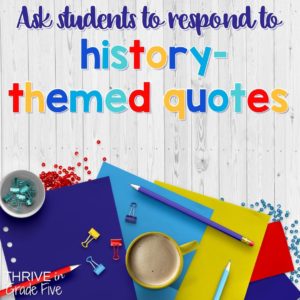
Ask students to respond to history-themed quotes!
Quotes are short, but powerful, reinforcements for what students are learning in social studies class.
They lead students to critical thinking and interpretation.
I ask students to respond to quotes in their journals because they are using what they already know about a topic and/or individual to draw conclusions and interpret meanings.
Responses to quotes will vary by student, so this always leads to fascinating debates and discussions.
John Adams Quote, 1777
One of my favorite quotes to have students write about is from John Adams, Revolutionary leader and 2nd President:
“You will never know, how much it cost (my) Generation, to preserve your freedom! I hope you will make a good Use of it.”
When responding to this quote, some students zoom in on “how much it cost my generation to preserve your freedom” and discuss some of the sacrifices, difficulties, and frustrations faced by the founding generation.
Other students zoom in on “make a good use of it” and talk about how we can make a good use of the freedom we have today and/or ponder the question – Are we making good use of our freedom?
Some questions I pose to students: Would the founders approve of the state of our nation today? Is this what they envisioned? What do we know about John Adams? Why was he qualified to make this statement?
This resource provides a large collection of social studies quote images: Social Studies Quotes Image Bundle
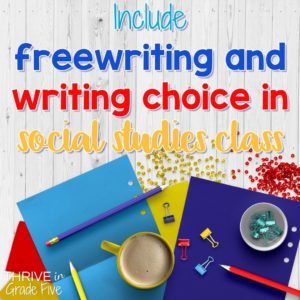
Include Freewriting and Writing Choice in Social Studies Class!
I’d like to encourage you to give students the opportunity to just write without worrying about punctuation, structure, or grading.
We shouldn’t be requiring publishable writing assignments every single time.
Students need at least a little time to write simply for the fun of it, to get their ideas down on paper, and to express their thoughts.
One way I use freewriting in my classroom is to give students a wide topic and allow them 10 minutes of freewriting on a narrow topic of their choice.
For example, if we are studying Colonial America, I might say, “You have ten minutes to freewrite on an aspect of the New England colonies that you find interesting.”
When I glance at their freewriting compositions, I know that I will see a large variety of topics, like Puritans, the shipbuilding industry, town meetings, artisans, and Anne Hutchinson, to name a few.

Ask students to write using various perspectives!
Considering multiple viewpoints and lived experiences is a critical skill in social studies, reading, writing, and life in general.
Social studies content is a great resource to use when asking students to consider and write from other viewpoints.
One way to engage students in this is to have them consider a well-known event, like the Boston Tea Party.
Ask students to work in pairs or small groups to write a paragraph response from some or all of the following individuals:
- A casual, impartial observer who witnessed the tea party
- A participating member of the Sons of Liberty
- A Loyalist living near Boston
- A tax collector whose job was to collect the taxes owed on the tea
- A member of Parliament
Another way to engage students in writing from various viewpoints is to use primary sources, like the image below:
I use this image with my students while teaching my Road to Revolution Unit. The image is a political cartoon poking fun at the comically short life of the Stamp Act imposed by Parliament.
My students choose different people from the image and write the dialogue and/or inner thoughts the person may have had.
Using primary sources to help students write from different perspectives is definitely a highlight of any social studies unit!
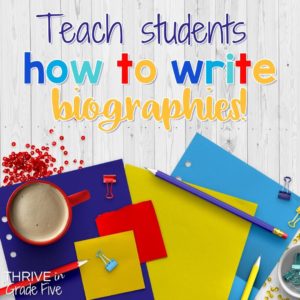
Teach students how to write biographies!
When you need to integrate social studies and writing, biographies are a sure bet!
Biographies are common in social studies instruction and provide great writing practice.
Students must choose the most important facts and details from their subject’s life and synthesize that information into a manageable biography.
My students generally enjoy spending time diving into the story of a person’s life, especially if it’s someone they’ve chosen themselves.
I highly recommend completing a Biography Deep Dive with your students.
This post will tell you how to implement a Biography Deep Dive. You can even grab a free annotated list of suggested individuals for study!
Are you looking for upper elementary social studies/writing resources and ideas? I’d love for you to join my weekly VIP email club with no spam, just helpful tips, ideas, and resources!
